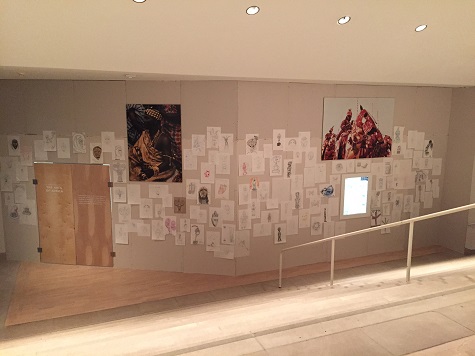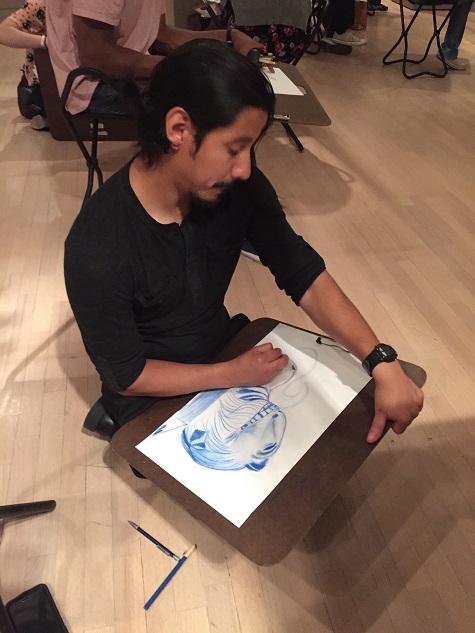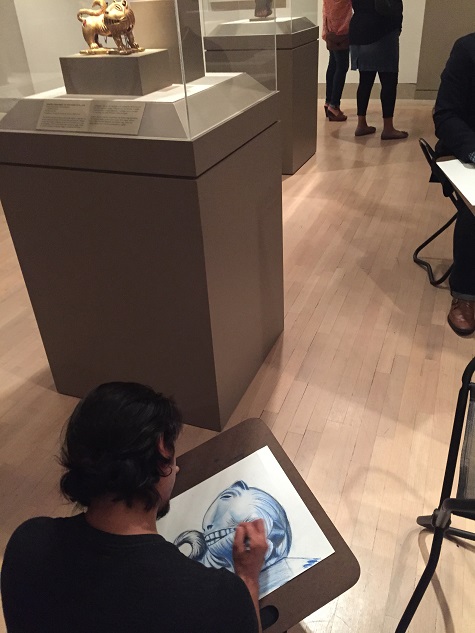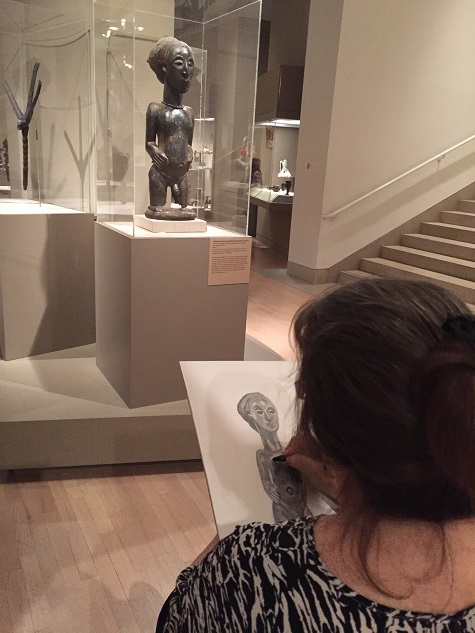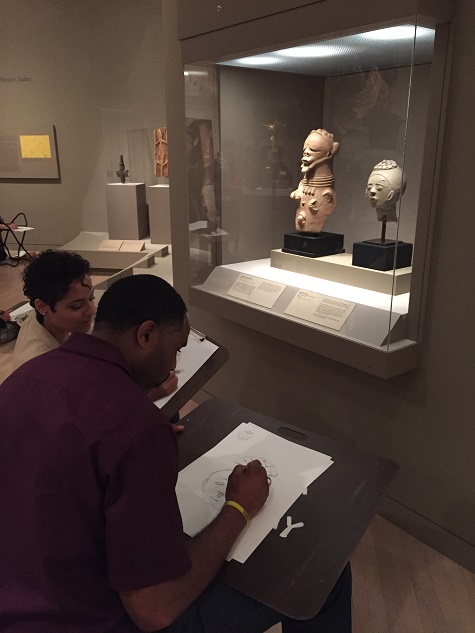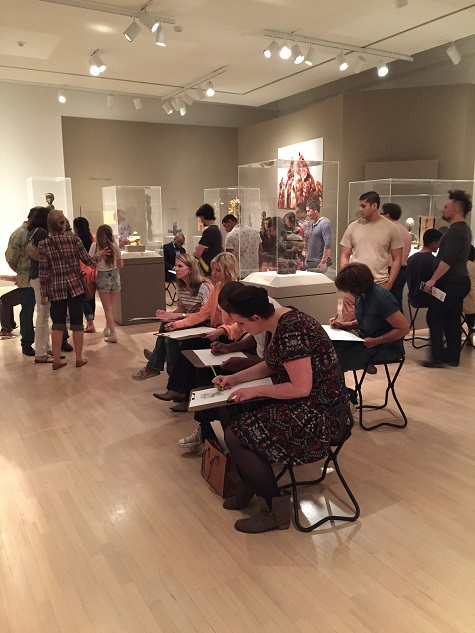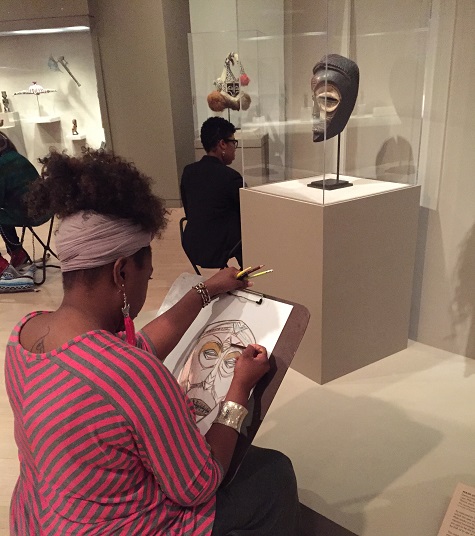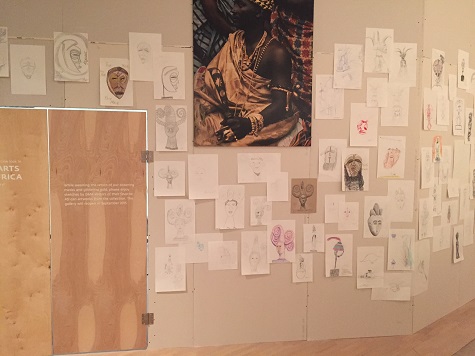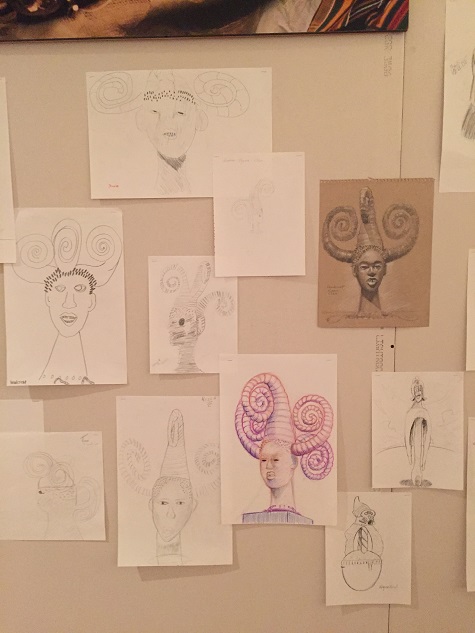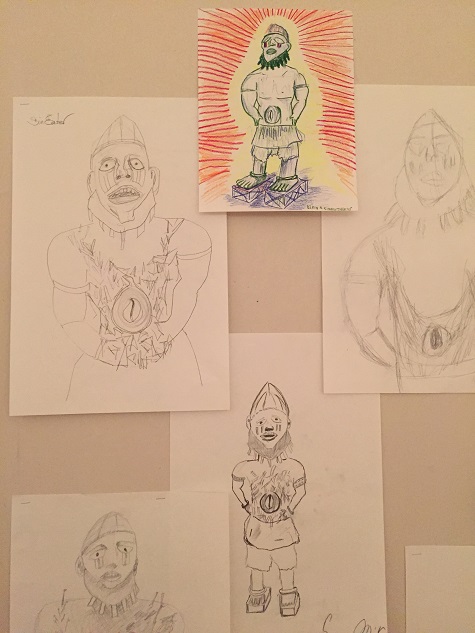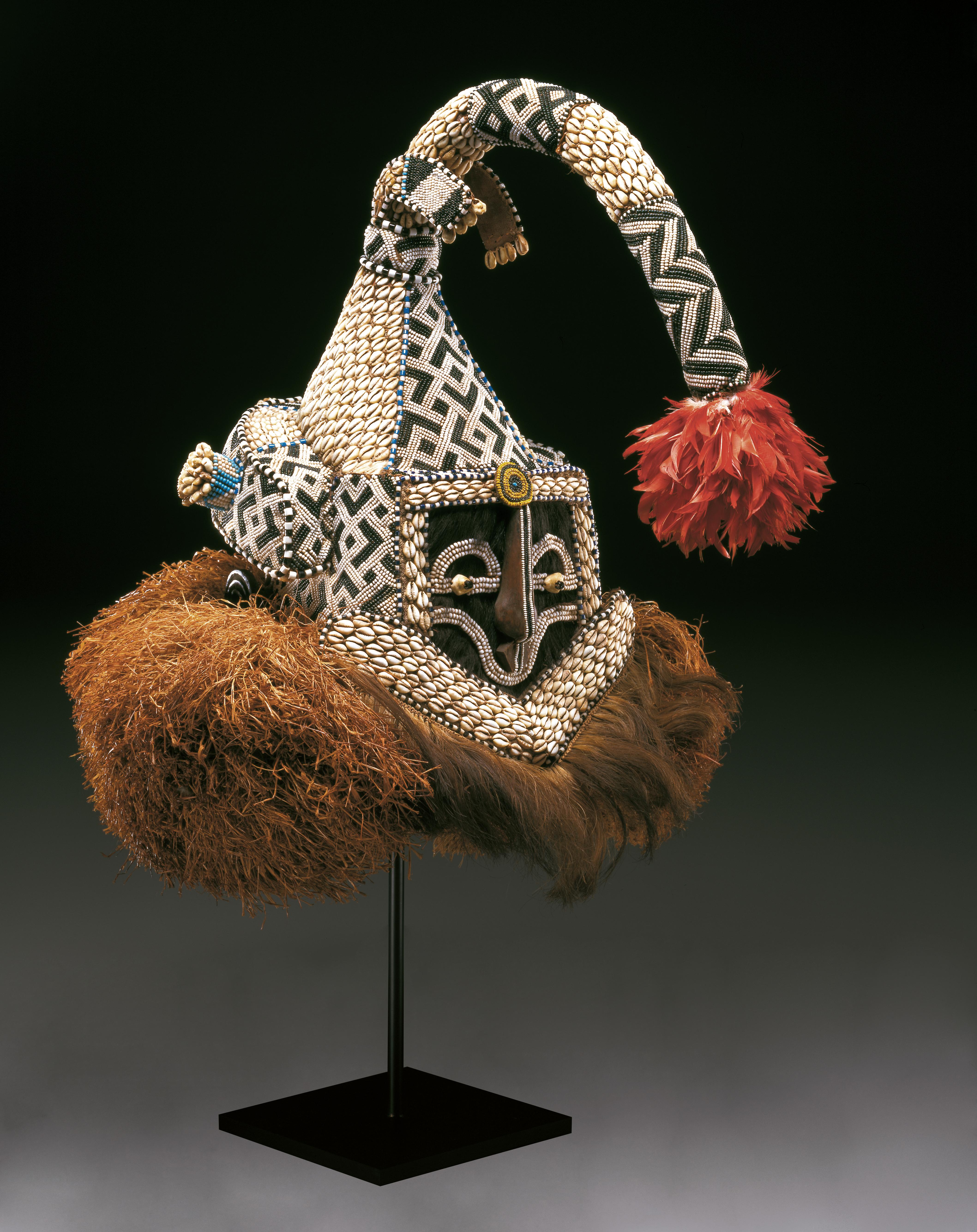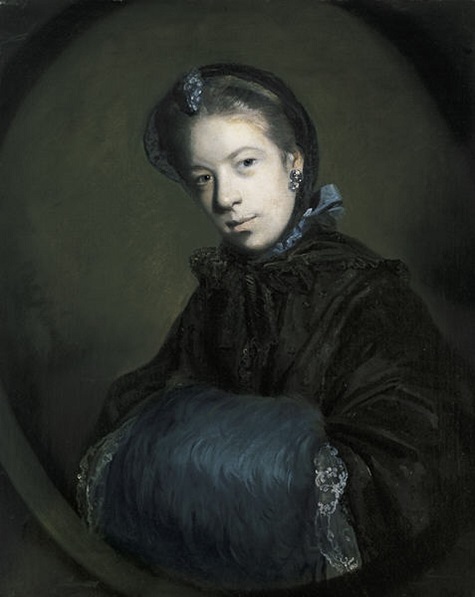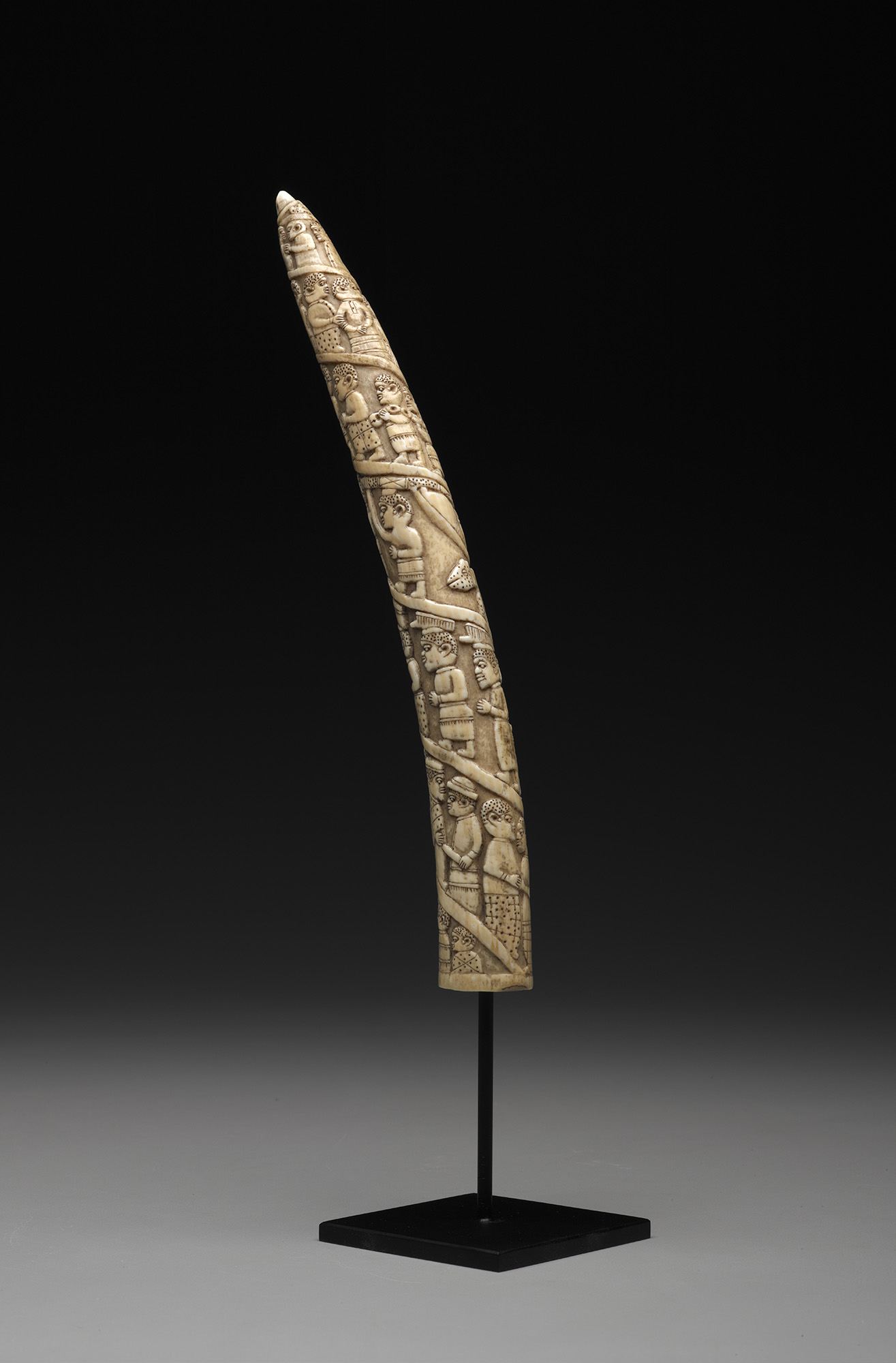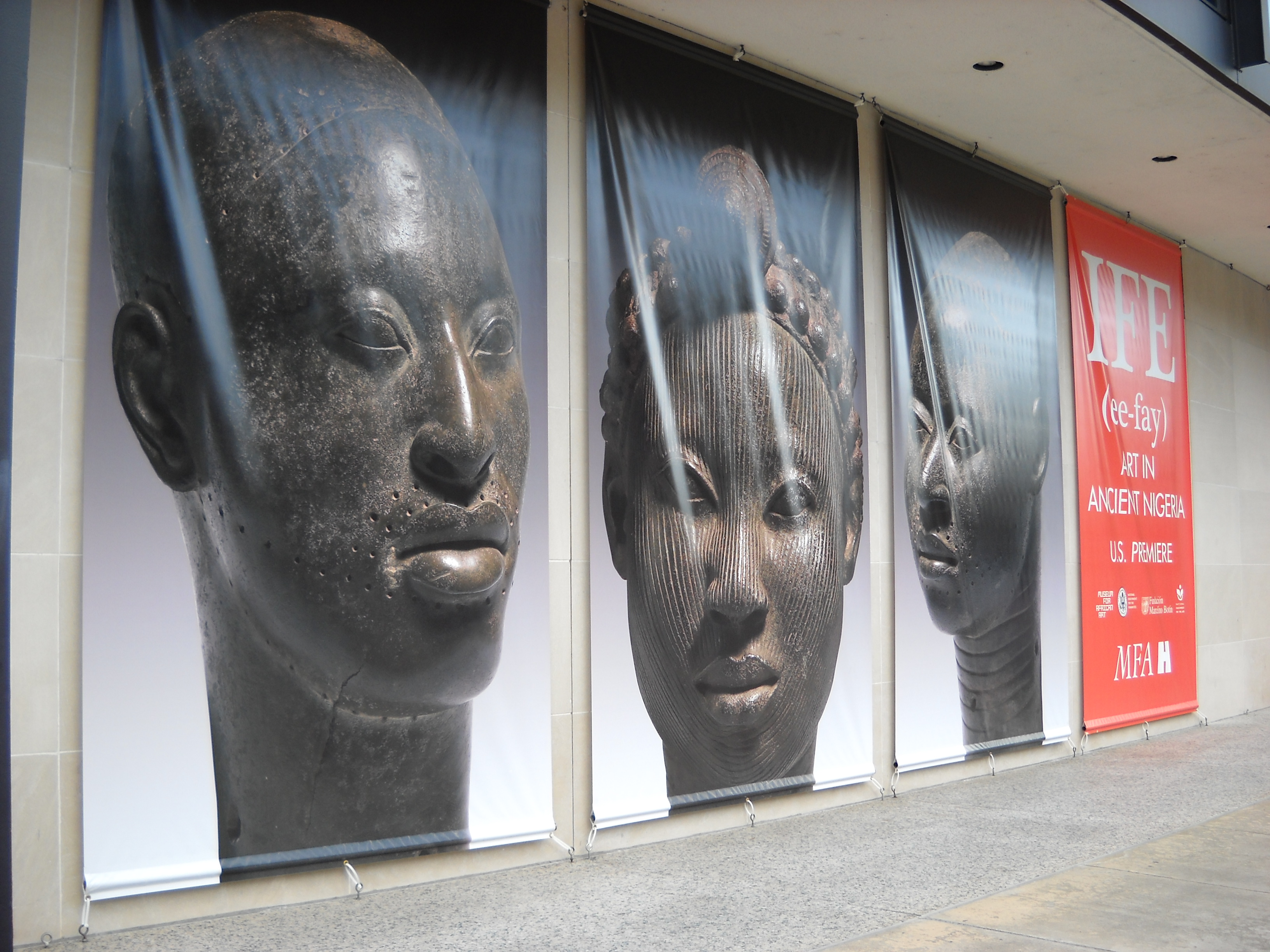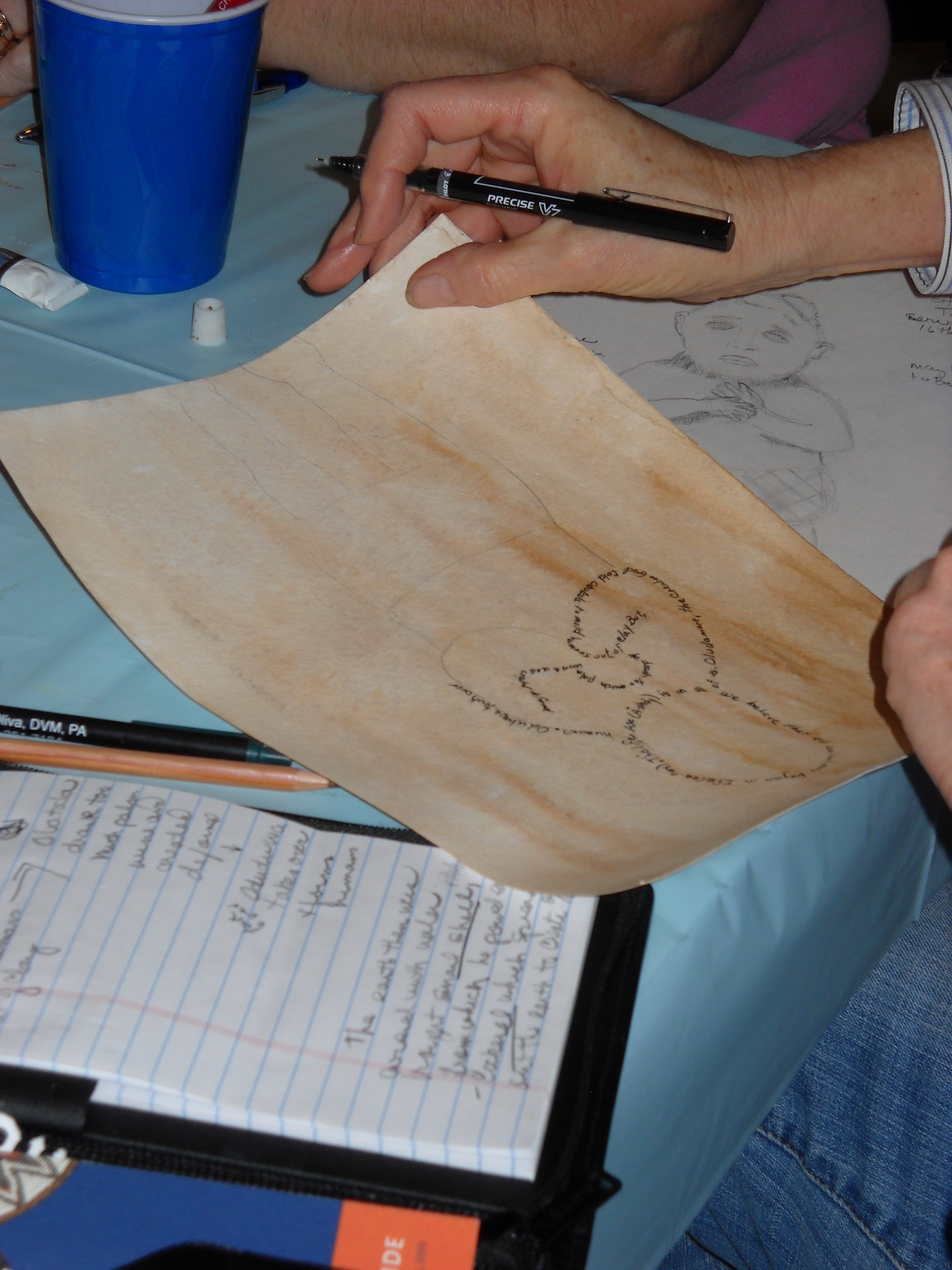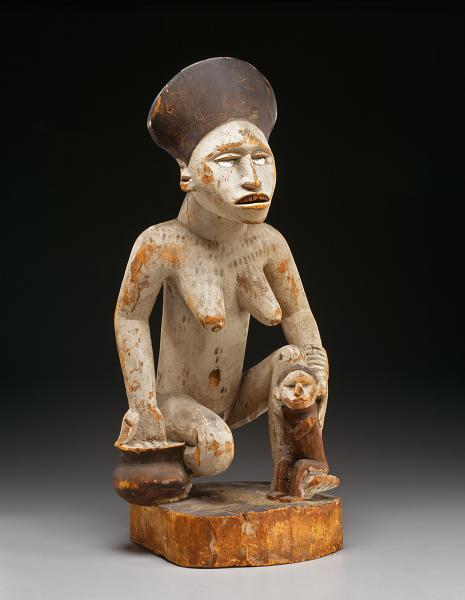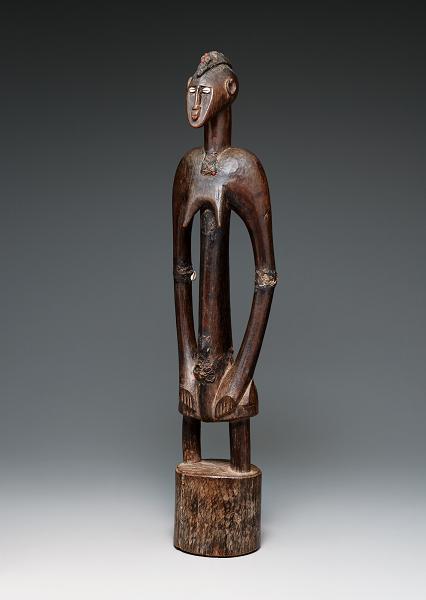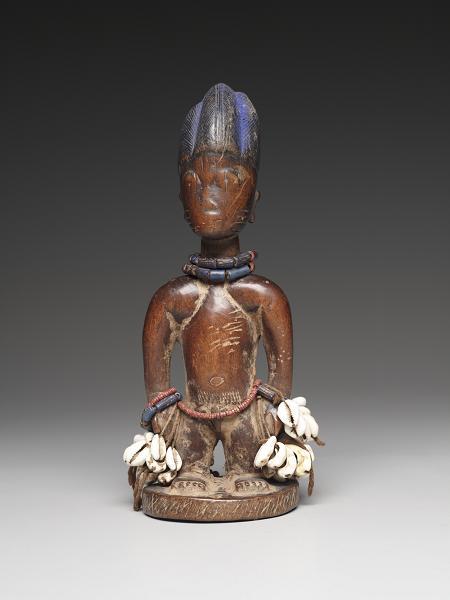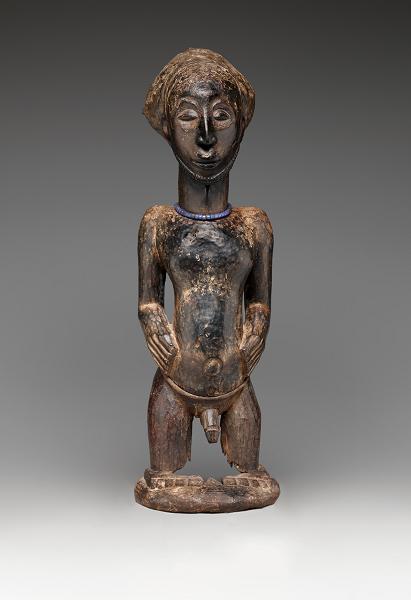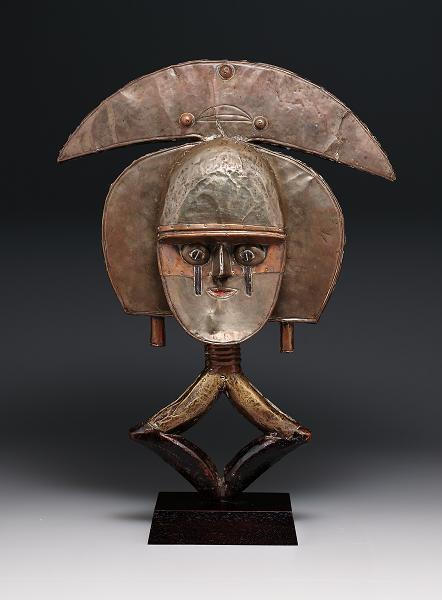Usually, I interview artists, educators, and community partners with whom we partner in various programs. This month, I’m turning the spotlight on our own Shannon Karol. Shannon has worked at the DMA since 2005, with the exception of a short stint back in her home state of Michigan.
Tell us about your history with the DMA.
I first came to the Museum in 2005 as a McDermott Graduate Curatorial Intern, and I worked with Dr. Roslyn Walker, our Curator of African art. A big part of my intern responsibilities was working with scholars to gain permission to use their contextual photos in our catalog of the African collection. I did a bit of background research for the catalog, too.
I went away for a year to work at the Kresge Art Museum at Michigan State University, and returned to the DMA in August 2007 as Tour Coordinator.
Just last month, I was promoted to Manager of Docent Teaching and Gallery Interpretation. I’m now responsible for the Museum’s 108 docents, which includes training and helping them learn best practices for teaching in the galleries. I’ll also continue to work with some of our partner schools and school districts on their annual museum visits.
To what part of your new position are you most looking forward?
The most immediate thing I’m looking forward to is representing the Museum at the Super Bowl on Sunday. I’ll be there to talk about connections between the Cowboys Stadium Art Program and our Big New Field exhibition.
I’m also looking forward to training a new docent class and helping them get excited and prepared to be in the galleries with our student visitors.

On the field at Cowboys Stadium last fall with Molly and Amy
What do you miss most about Michigan? What do you like most about Texas?
I miss my family the most. But I do not miss the snow.
What I like most about Texas is having a part of my family here and spending time with my three teenage cousins, two of whom are teen docents. I also love the Texas weather when it’s seventy degrees and sunny in January.
What do you do in your free time?
I sew. I enjoy making purses and skirts, and I’m currently working on a dress that I plan to wear in Paris when I visit for the first time this summer.
How does your love for teaching with works of art extend outside the DMA?
Once a year, when I go home to visit my family in Michigan, I go to school with my sister to talk with her third-grade students about art. We look at images of famous works of art, including paintings from the DMA collection. I have them make up stories, write poems and tell me about what they see. We end the day with a “Pollock-ing” activity, which involves dipping marbles in paint and rolling them around in a baking tray lined with paper. Then, the kids make their own Andy Warhol-inspired self portraits. My sister takes black and white photographs of the students, and we give them highlighters to color in their portraits.

Shannon stands between the pillars of her two “home states” at the World War II Memorial in D.C.
Melissa Nelson
Manager of Teaching in the Community
